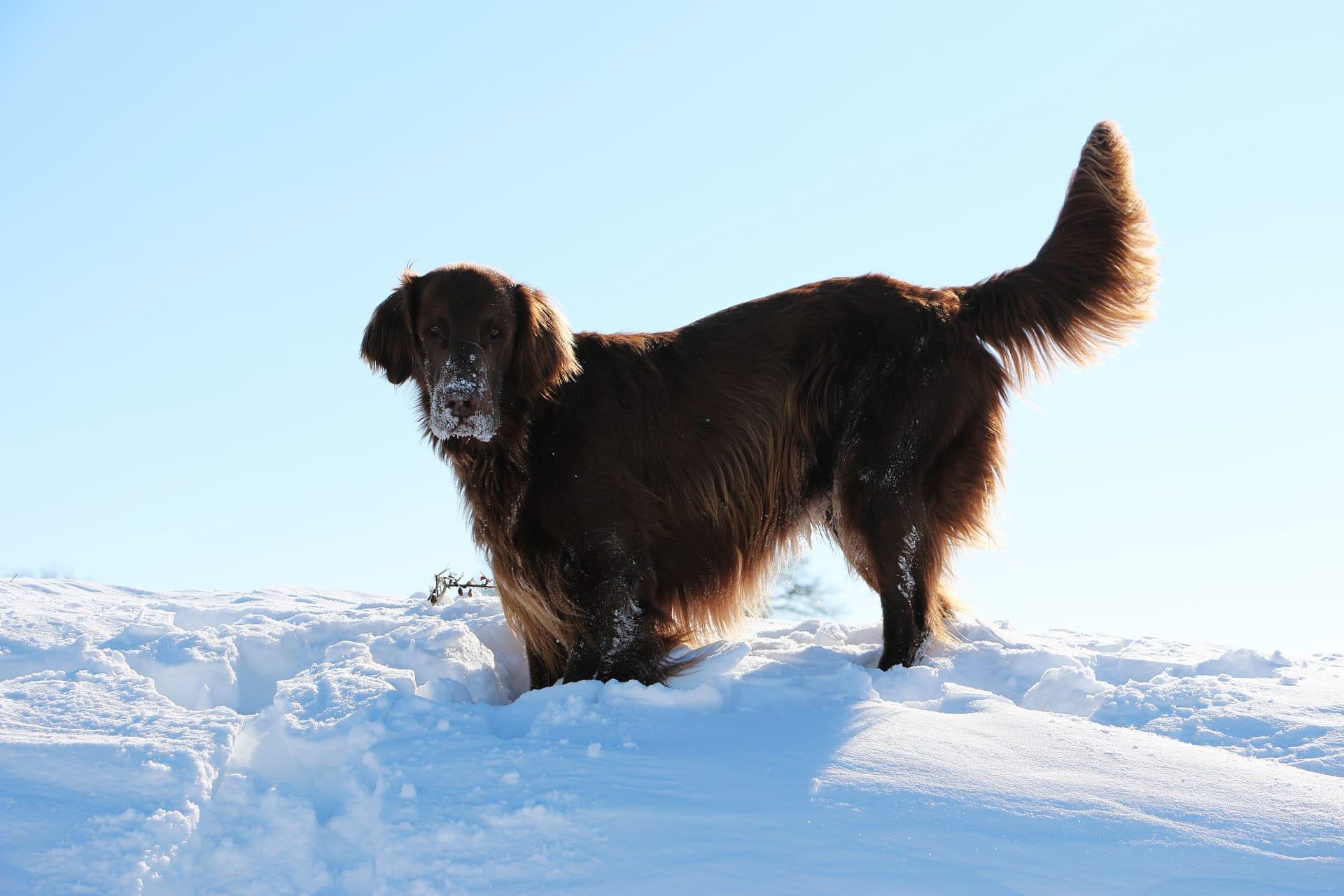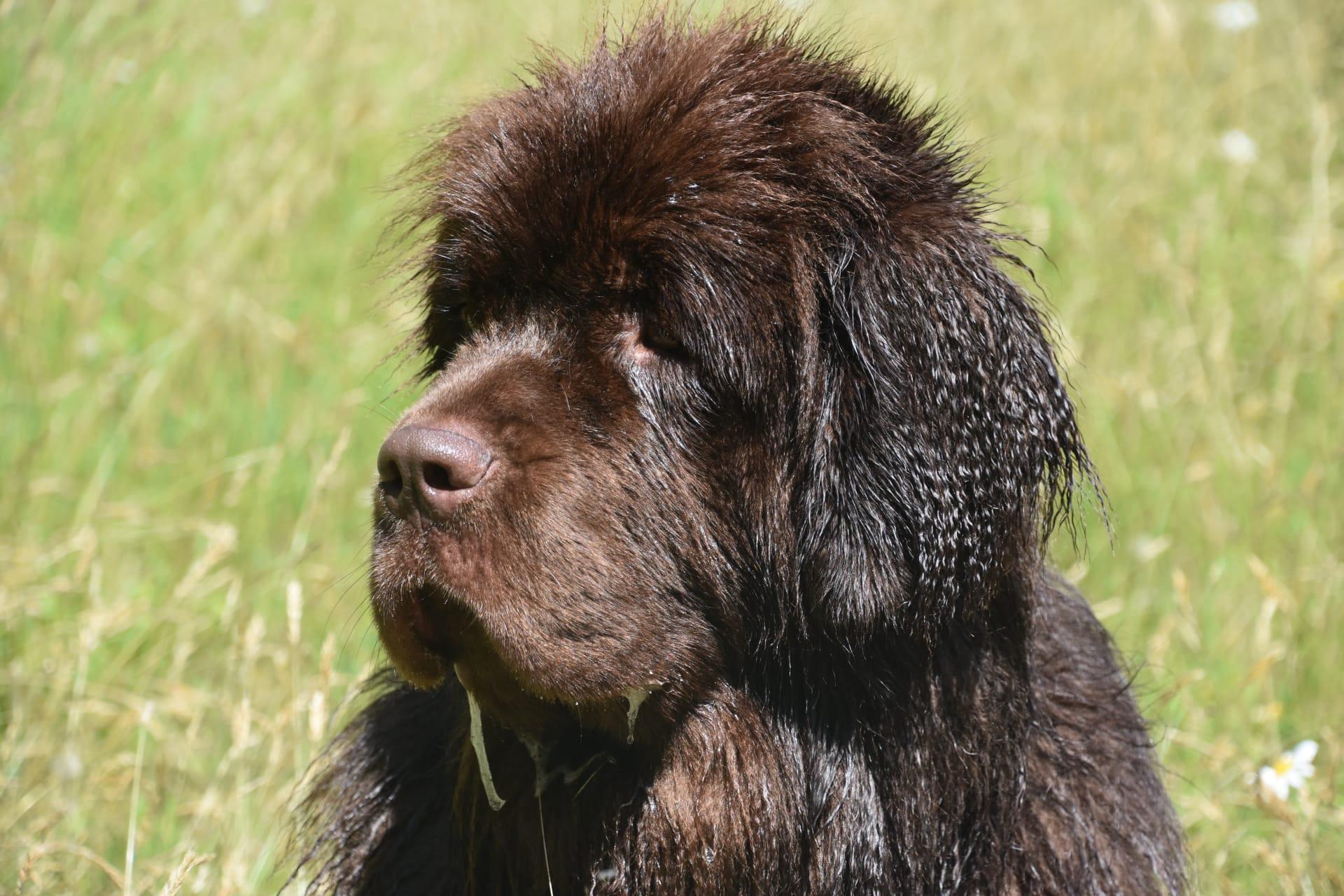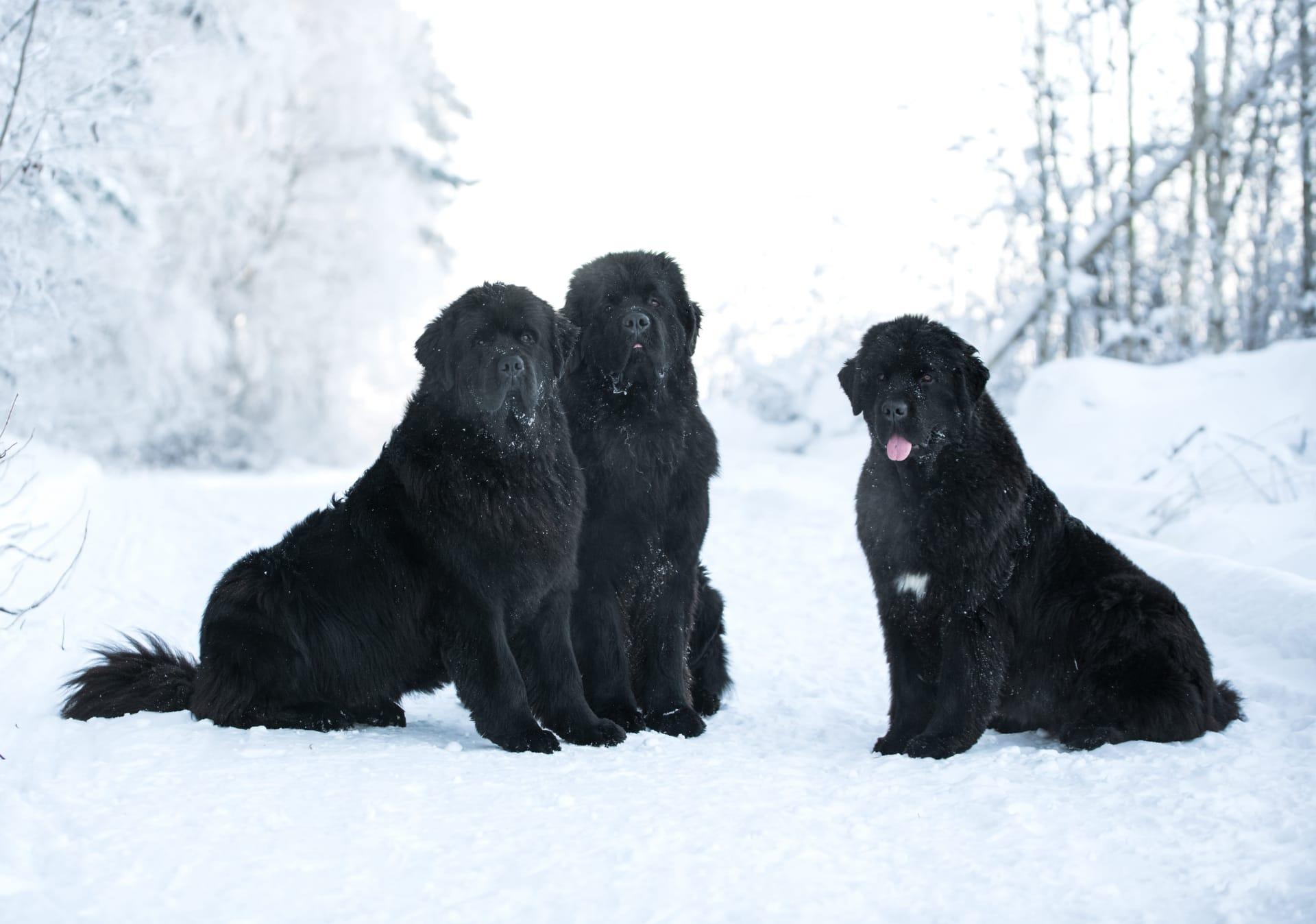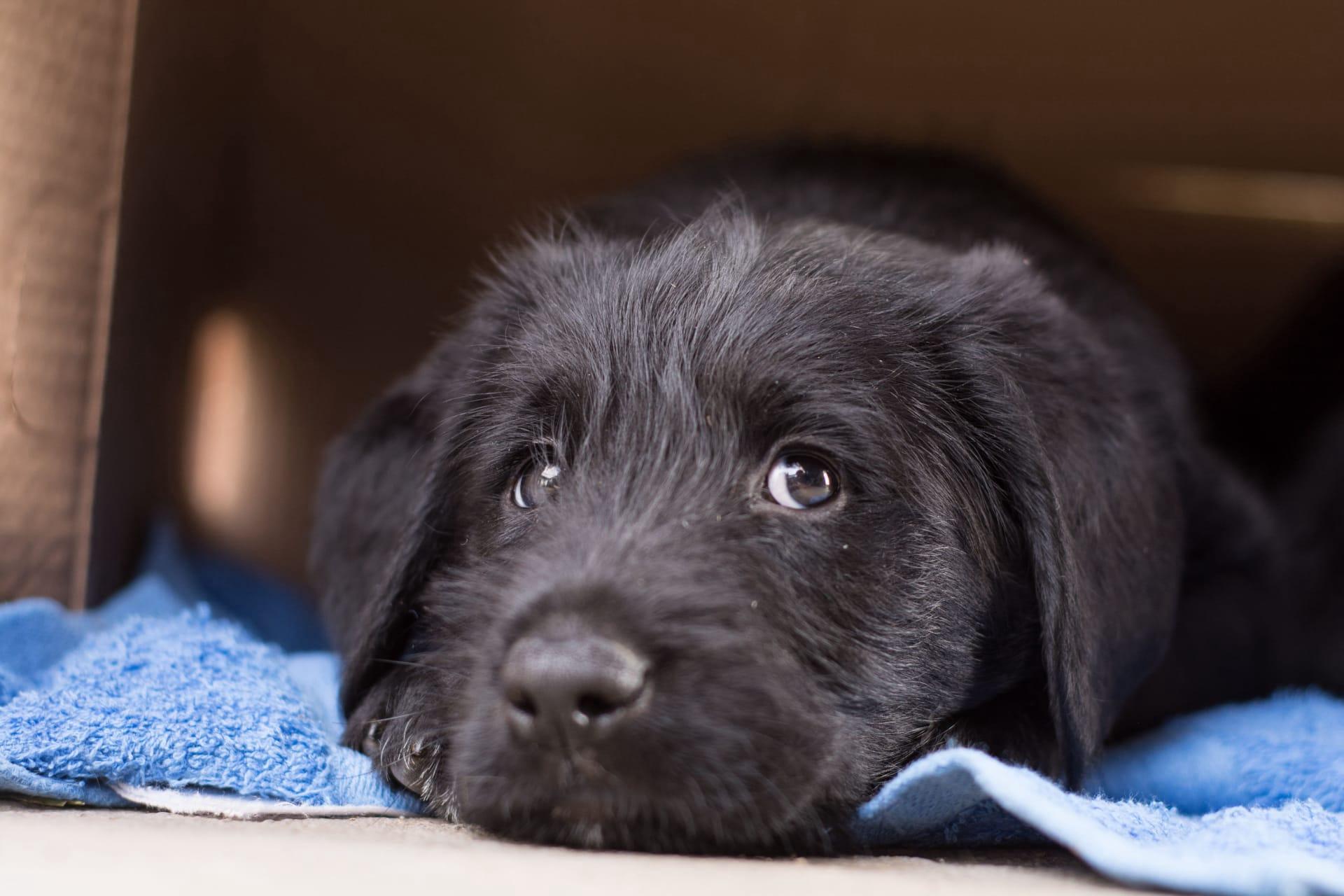Newfoundland Dog Trivia
- Home /
- Trivia Question /
- Animal /
- Newfoundland Dog Trivia
1
Question: How big can a Newfoundland Dog get, and what is their average weight?
Answer: Newfoundland Dogs are known for their impressive size. Males typically stand 28 inches tall at the shoulder and can weigh between 130 to 150 pounds. Females are slightly smaller, usually standing around 26 inches tall with a weight ranging from 100 to 120 pounds. Their substantial size is matched by a sturdy frame, built for strength and endurance.
Question: What is the lifespan of a Newfoundland Dog, and what health issues are they prone to?
Answer: Newfoundland Dogs have a lifespan of about 8 to 10 years. They are generally healthy but prone to certain genetic conditions such as hip dysplasia, a malformation of the hip joint; elbow dysplasia; and heart diseases like subvalvular aortic stenosis. Regular veterinary check-ups and a healthy diet can help manage these risks and contribute to a Newfoundland’s longevity.

2
Question: Is it true that Newfoundland Dogs are not good for families with small children?
Answer: Contrary to this common misconception, Newfoundland Dogs are exceptionally gentle and patient, making them excellent companions for families with small children. Their nurturing disposition and watchful nature often earn them the nickname "nanny dog." However, due to their large size, interactions should be supervised to prevent accidental injuries.
Question: Do Newfoundland Dogs require extensive exercise to remain healthy?
Answer: While they are large and sturdy, Newfoundland Dogs do not require excessive exercise. Moderate daily activities like walks and short play sessions are sufficient to keep them healthy and happy. They especially enjoy swimming, which is a fantastic exercise for them due to their webbed feet and natural affinity for water.

3
Question: Are Newfoundland Dogs good swimmers, and why?
Answer: Yes, Newfoundland Dogs are exceptional swimmers. They have webbed feet and a water-resistant coat, physical traits that enhance their swimming abilities. Originally bred to help haul nets for fishermen and rescue people at risk of drowning, their strong, muscular build allows them to navigate water with ease and efficiency.
Question: How much grooming do Newfoundland Dogs require?
Answer: Newfoundland Dogs require regular grooming due to their thick, water-resistant double coat. They should be brushed at least once a week to remove loose fur and prevent matting, more often during shedding season. Bathing should be done every few months or as needed, but care must be taken to dry their undercoat thoroughly to avoid skin issues.

4
Question: Can Newfoundland Dogs live comfortably in hot climates?
Answer: Newfoundland Dogs are best suited to cooler climates due to their thick double coat, which can cause them to overheat in hot weather. If they live in a warmer climate, it's important to provide them with plenty of shade, water, and air-conditioned spaces to prevent heatstroke. Regular grooming also helps to keep them cool.
Question: What kind of temperament do Newfoundland Dogs have?
Answer: Newfoundland Dogs are known for their sweet, gentle, and friendly nature. They are highly sociable and get along well with other dogs and pets. They are also very loyal and protective of their family, making them excellent watchdogs. Despite their large size, they are remarkably gentle and patient, making them great companions.

5
Question: How intelligent are Newfoundland Dogs, and are they easy to train?
Answer: Newfoundland Dogs are highly intelligent and eager to please, which makes them relatively easy to train. They respond well to positive reinforcement techniques such as treats and praise. Early socialization and training are important to harness their intelligence and teach them good manners.
Question: What is the origin of the Newfoundland Dog breed?
Answer: The Newfoundland Dog breed originated from the island of Newfoundland, now part of Canada. They were bred by the local fishermen to help haul nets and catch fish that escaped from fishing hooks. Their webbed feet, powerful build, and swimming ability made them excellent working dogs, both in water and on land.